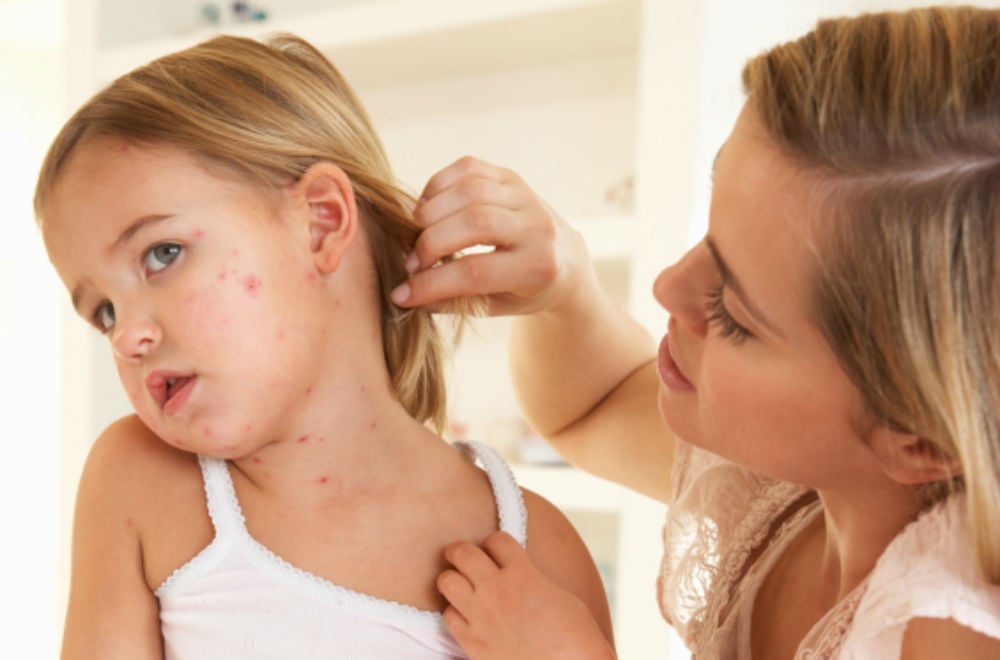What is causing my rash?

Rashes affect millions of people across the world; some rashes may need no treatment and will clear up on their own, some can be treated at home; others might be a sign of something more serious.
Causes
There are a number of potential causes of rashes, including allergies, diseases, reactions, and medications. They can also be caused by bacterial, fungal, viral, or parasitic infections.Contact dermatitis
One of the most common causes of rashes - contact dermatitis - occurs when the skin has a reaction to something that it has touched. The skin may become red and inflamed, and the rash tends to be weepy and oozy. Common causes include:- dyes in clothes
- beauty products
- poisonous plants, such as poison ivy and sumac
- chemicals, such as latex or rubber
Medications
Certain medications can cause rashes in some people; this may be a side effect or an allergic reaction. Also, some medications, including some antibiotics, cause photo-sensitivity - they make the individual more susceptible to sunlight. The photo-sensitivity reaction looks similar to sunburn.Infections
Infections by bacteria, viruses, or fungi can also cause a rash. These rashes will vary depending on the type of infection. For instance, candidiasis, a common fungal infection, causes an itchy rash that generally appears in skin folds.It is important to see a doctor if an infection is suspected.
Autoimmune conditions
An autoimmune condition occurs when an individual's immune system begins to attack healthy tissue. There are many autoimmune diseases, some of which can produce rashes.For instance, lupus is a condition that affects a number of body systems, including the skin. It produces a butterfly-shaped rash on the face.
Home remedies
Rashes come in many forms and develop for many reasons.However, there are some basic measures that can speed up recovery and ease some of the discomfort:
- Use mild soap - not scented. These soaps are sometimes advertised for sensative skin, or for baby skin.
- Avoid washing with hot water - opt for warm.
- Try to allow the rash to breathe. Do not cover with a Band-Aid or bandage.
- Do not rub the rash dry, pat it.
- If the rash is dry, for instance, in eczema, use unscented moisturizers.
- Do not use any cosmetics or lotions that may be causing the rash - for instance, newly purchased items.
- Avoid scratching to lessen the risk of infection.
- Cortisone creams that can be purchased over-the-counter or online may ease itching.
- Calamine can relieve some rashes, e.g. poison ivy, chickenpox, and poison oak.
It is important to speak with a doctor before taking any medication. Compare brands before purchasing over-the-counter or online products, to ensure the product is suitable.
Seeing a doctor
If a rash occurs with the following symptoms, it is important to visit a doctor:- a sore throat
- pain in joints
- if you have had a recent animal or insect bite
- red streaks near the rash
- tender regions near the rash
- a large collection of pus
- quickly changing coloration on the skin
- difficulty breathing or feeling like the throat is closing up
- increasing pain or severe pain
- high fever
- confusion
- dizziness
- swelling of the face or extremities
- severe pain in the neck or head
- repeated vomiting or diarrhea
Source: https://www.medicalnewstoday.com

Comments